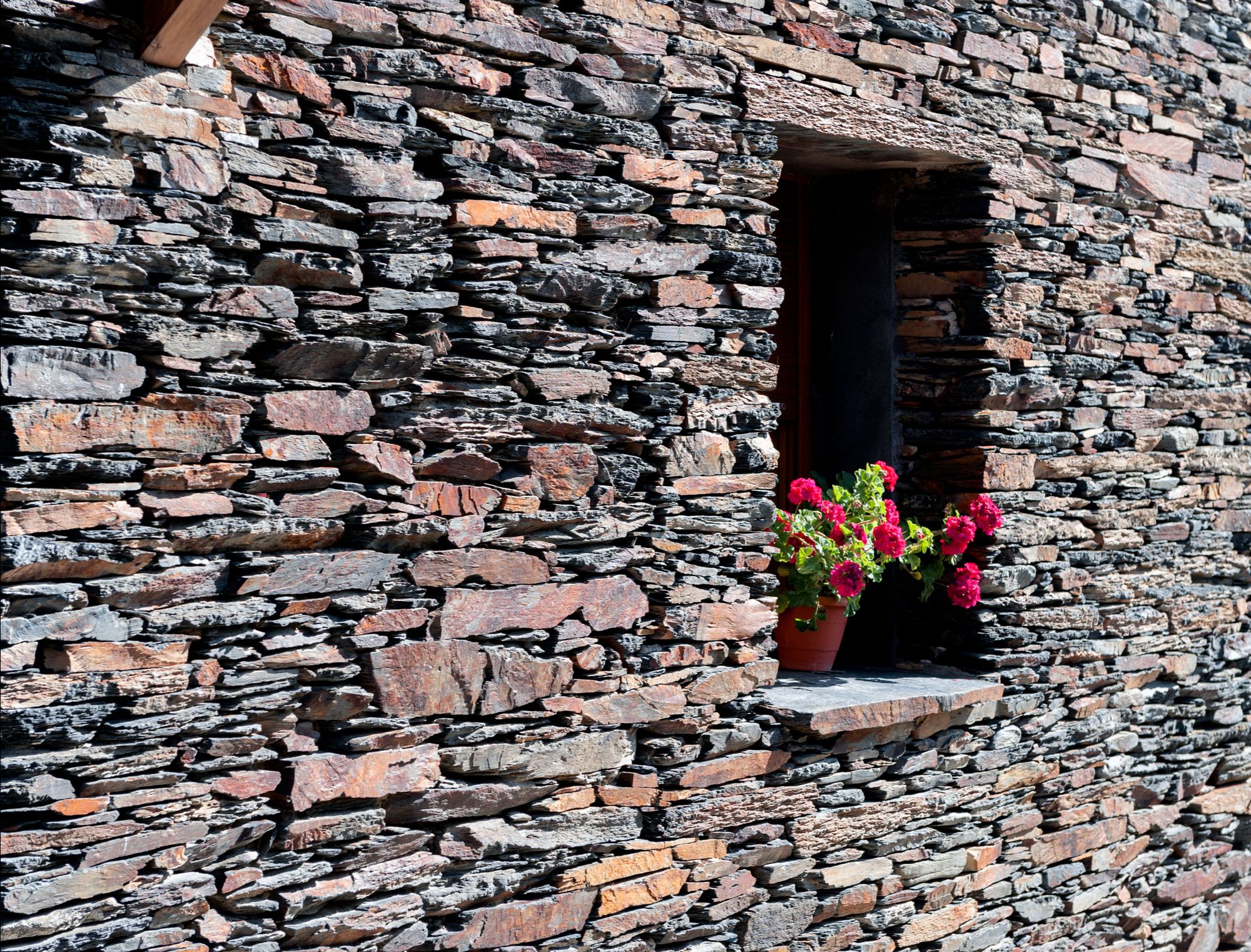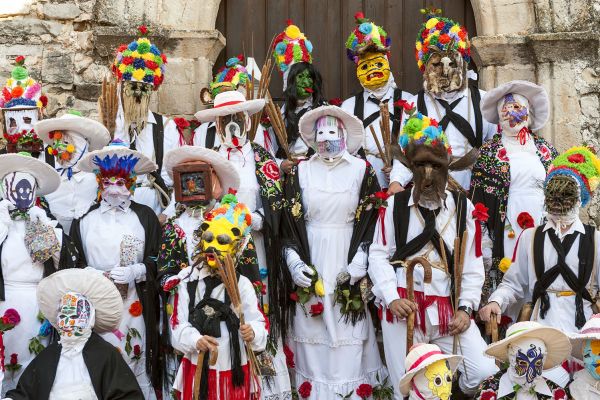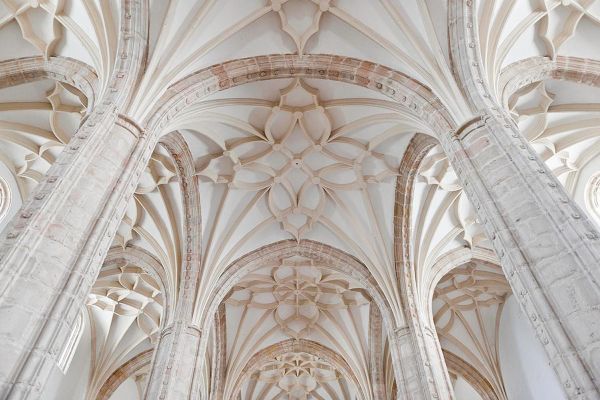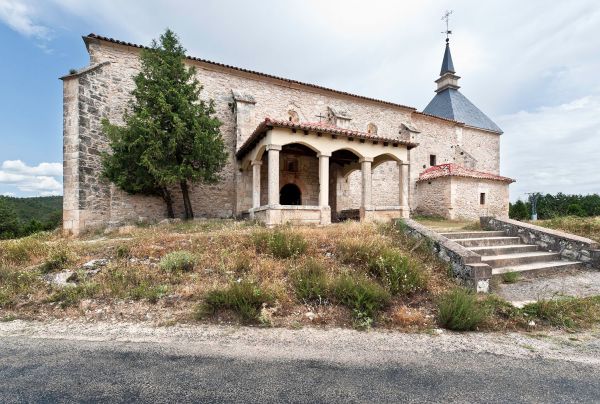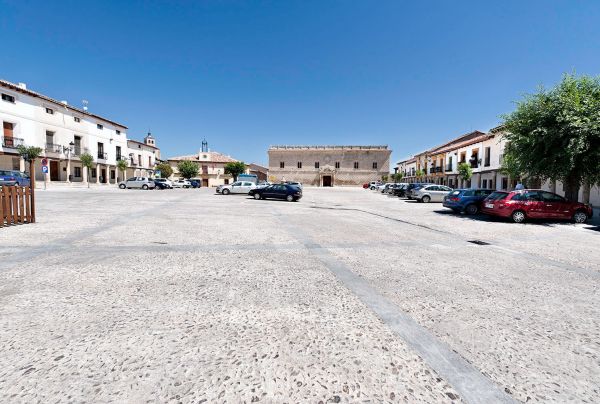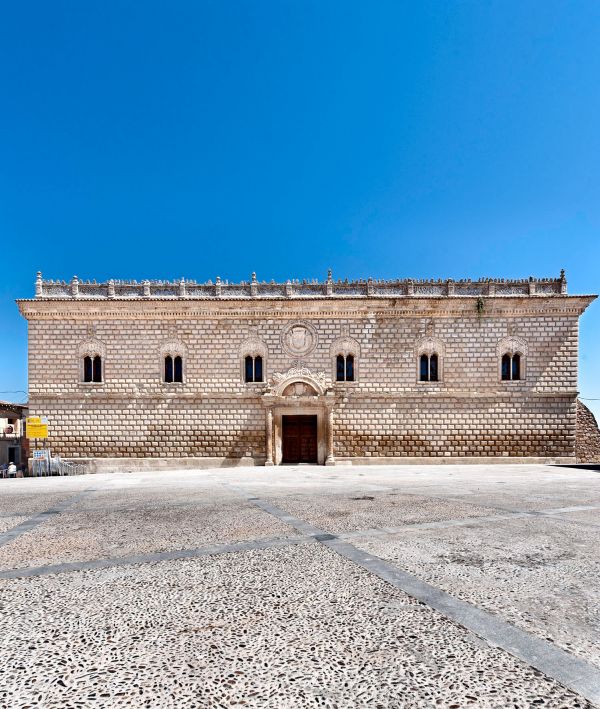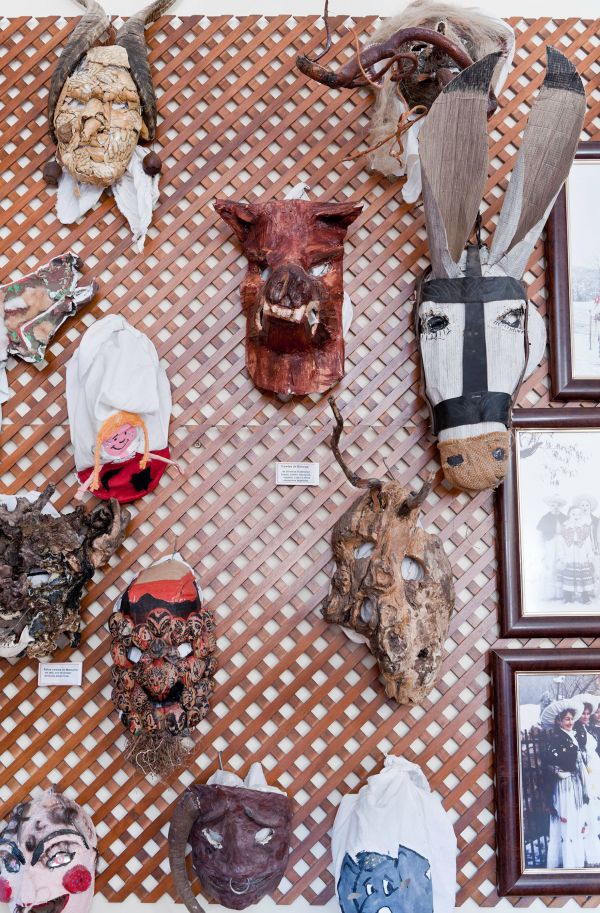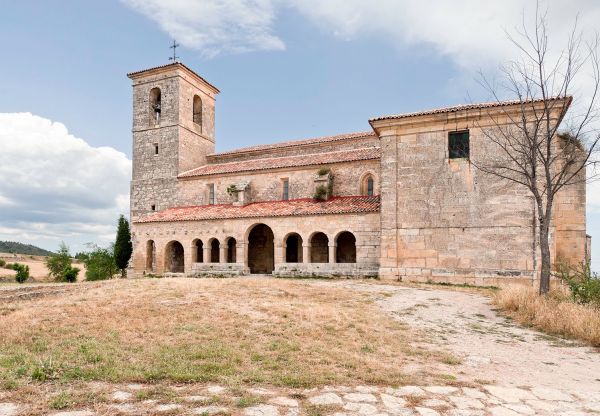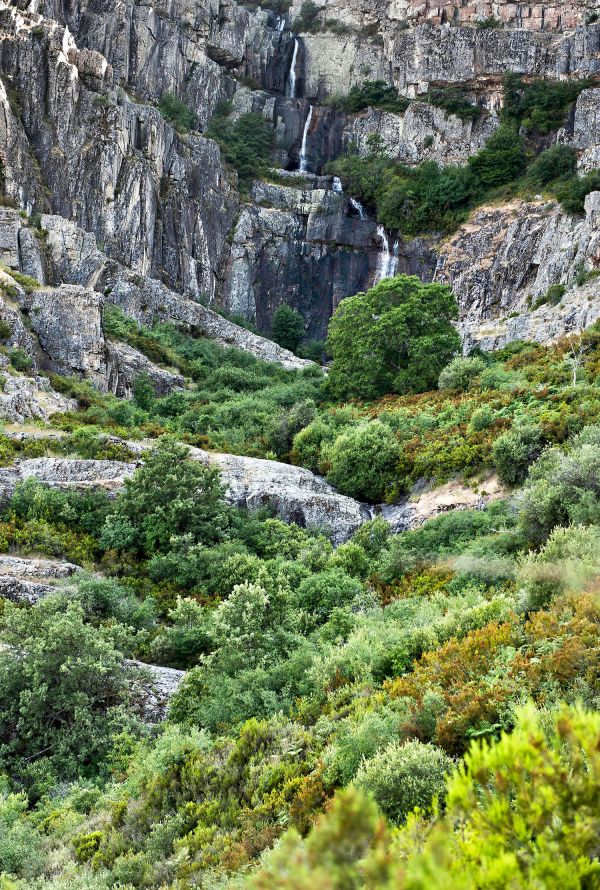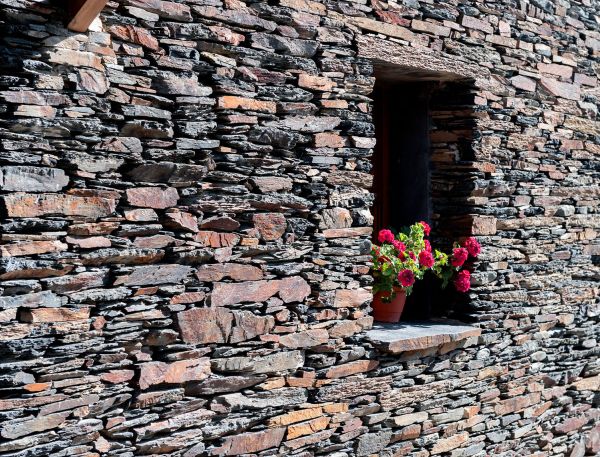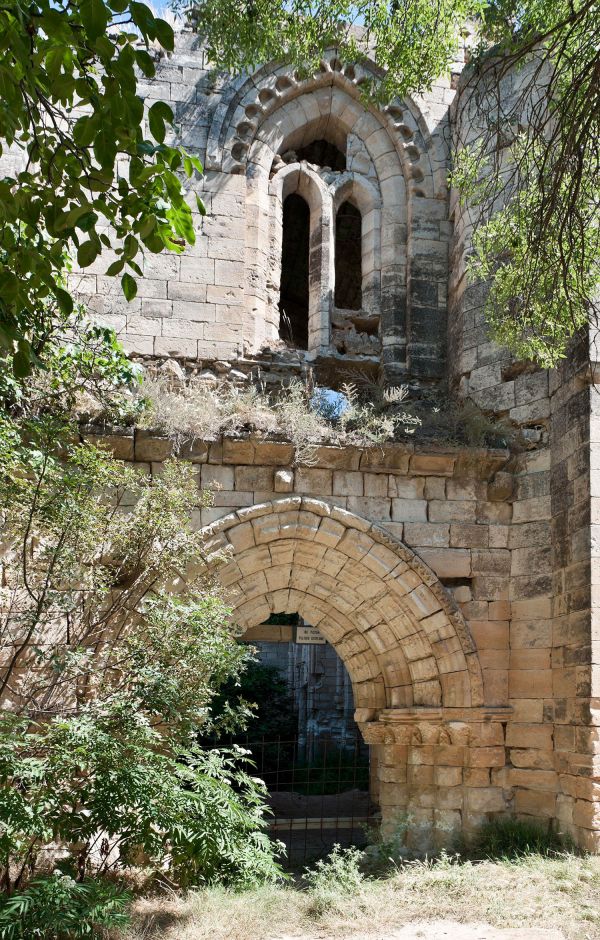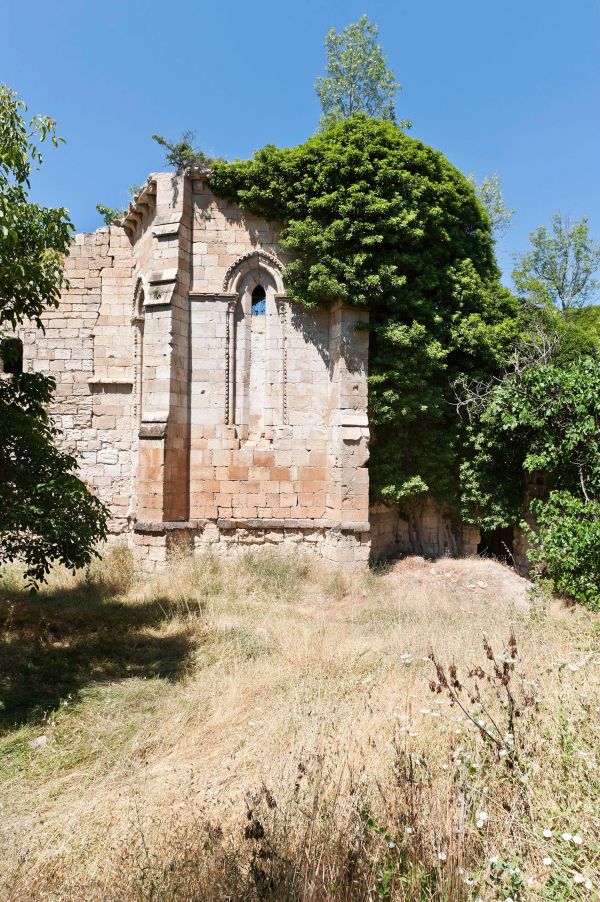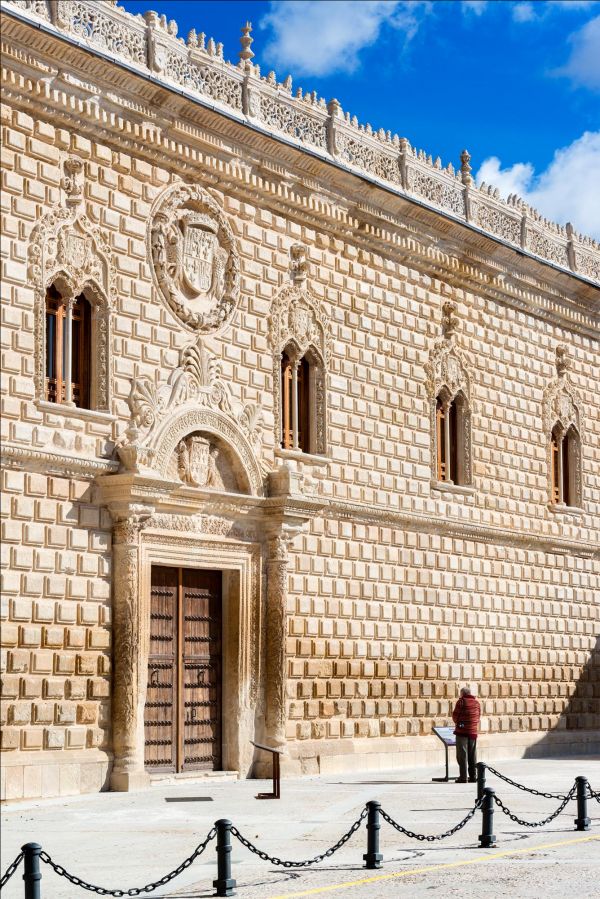The magic of black architecture (1)
Guadalajara
The Black Architecture towns of northern Guadalajara form a unique bunch of small towns whose hamlet has been built using slate slabs –where the area takes its name from– on its roofs and dark or reddish colour stones in its walls. Fortunately, these towns have been able to conserve this urban typology and have taken special care to rehabilitate the hamlets and keep them as newly constructed buildings. Furthermore, the surrounding environment stores great natural treasures. The overall picture invites visitors to travel in this unmissable corner of Castilla-La Mancha at a leisurely pace.
The zone is nestled in the heart of the Sierra Norte Natural Park where we find beeches, oaks, pines, junipers and holm oaks. Species such as the griffon vulture, the golden eagle, the peregrine falcon and the eagle owl can be sighted here. The forests are home to roes, wolves, foxes, common genets and wild cats.
As a stony watchtower, the Ocejón peak stands above, with its 2,048 metres covered by snow during the tough winter months. The peak can be reached on foot after a decent hike with no technical difficulties.
The scenery is beautiful and rugged, but kind, inviting a leisurely hike.
Cogolludo can serve as a starting point. The castle ruins dominate the scenery and don’t miss the main square and the Medinaceli Ducal Palace, one of the Peninsula’s first Renaissance treasures.
Not far off, Tamajón rises up, with the magnificent Mendoza Palace, the current headquarters of the town hall, the Montufar House, its Roman church and the chapel of Our Lady of the Junipers. Outside the town, we’ll find the ruins of the glass factory.
In Retiendas, the Santa María de Bonaval Monastery –or at least what is left of it– appears, which Alfonso VIII of Castile ordered the construction of, for the Cistercian order, and which still preserves in its ruins the memory of a splendid past. The nearby hamlet of Almiruete spills out into the streets during carnival in ‘botarga’ fancy dress, a festivity with over a thousand years of tradition.
The GU-211 road takes us through oaks and junipers to Palancares and to Valverde de los Arroyos where the popular Corpus Christi dances take place. The latter town has an interesting Ethnological Museum, which pays cultural homage to the region’s textile activity. We highly recommend visiting the main square, the church and the chapel of the Virgin of Grace. The walk to the Chorrera de Despeñalagua is also worthwhile.
May also be of interest to you
Castilla-La Mancha Tourism in 2023. All rights reserved.
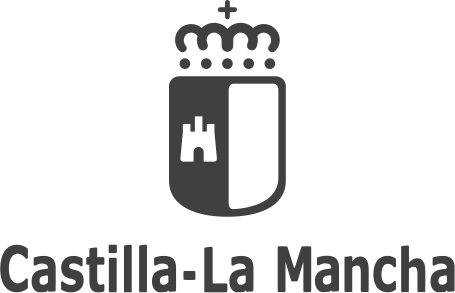
 365
365
